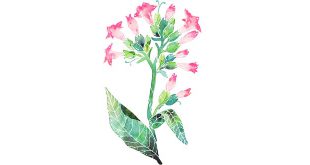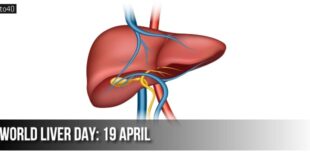 Plant cells have cell organelles known as plastids, which are colouring agents. There are three types of plastids – chloroplasts (contain green pigment chlorophyll), leucoplasts (white or colourless plastids) and chromoplasts (contain other pigments). All cells have varying proportions of these. Flowers have a majority of the third type and get their colours from these.
Plant cells have cell organelles known as plastids, which are colouring agents. There are three types of plastids – chloroplasts (contain green pigment chlorophyll), leucoplasts (white or colourless plastids) and chromoplasts (contain other pigments). All cells have varying proportions of these. Flowers have a majority of the third type and get their colours from these.
From Wikipedia
Chromoplasts are plastids responsible for pigment synthesis and storage. They, like all other plastids (including chloroplasts and leucoplasts), are organelles found in specific photosynthetic eukaryotic species.
Chromoplasts in the traditional sense are found in coloured organs of plants such as fruit and floral petals, to which they give their distinctive colors. This is always associated with a massive increase in the accumulation of carotenoid pigments. The conversion of chloroplasts to chromoplasts in ripening tomato fruit is a classic example.
Chromoplasts synthesize and store pigments such as orange carotene, yellow xanthophylls and various other red pigments; as such, their color varies depending on what pigment they contain. The probable main evolutionary role of chromoplasts is to act as an attractant for pollinating animals (e.g. insects) or for seed dispersal via the eating of colored fruits. They allow the accumulation of large quantities of water-insoluble compounds in otherwise watery parts of plants. In chloroplasts, some carotenoids are also used as accessory pigments in photosynthesis, where they act to increase the efficiency of chlorophyll in harvesting light energy. When leaves change color in autumn, it is due to the loss of green chlorophyll unmasking these carotenoids that are already present in the leaf. In this case, relatively little new carotenoids are produced. Therefore, the change in plastid pigments associated with leaf senescence is somewhat different from the active conversion to chromoplasts observed in fruit and flowers.
It should be noted that the term “chromoplast” is occasionally utilized to include any plastid that has pigment, mostly to emphasize the contrast with the various types of leucoplasts, which are those plastids that have no pigments. In this sense, chloroplasts are a specific type of chromoplast. Still, “chromoplast” is more often used to denote those plastids with pigments other than chlorophyll.
 Kids Portal For Parents India Kids Network
Kids Portal For Parents India Kids Network






